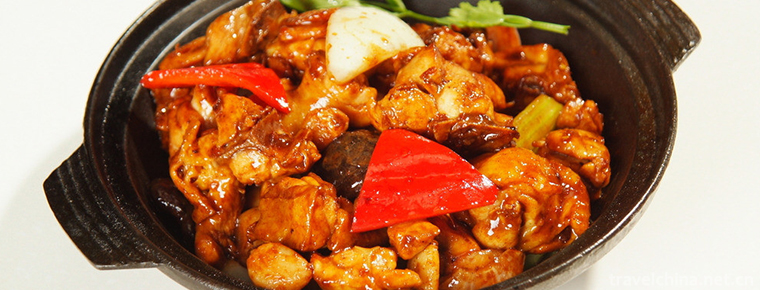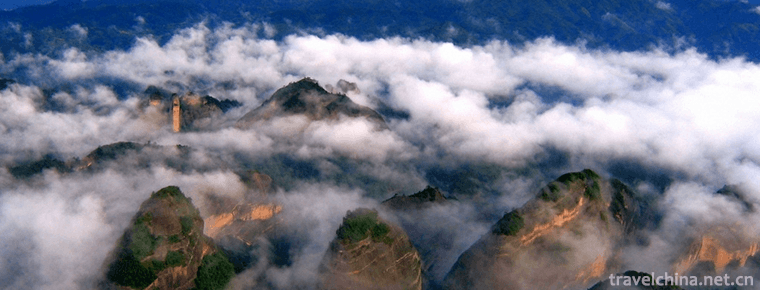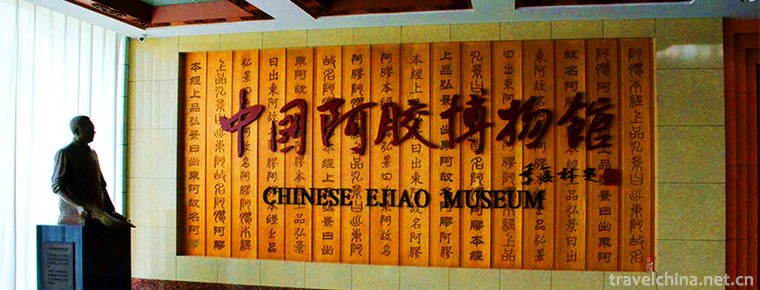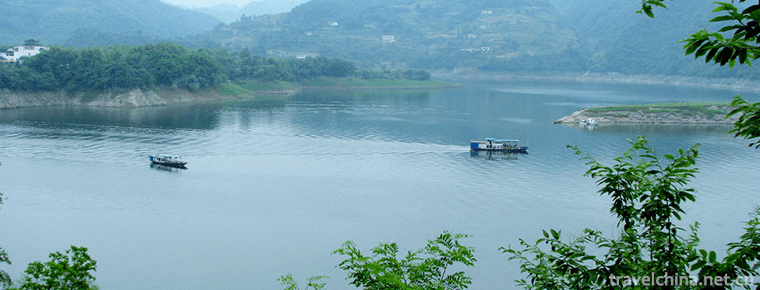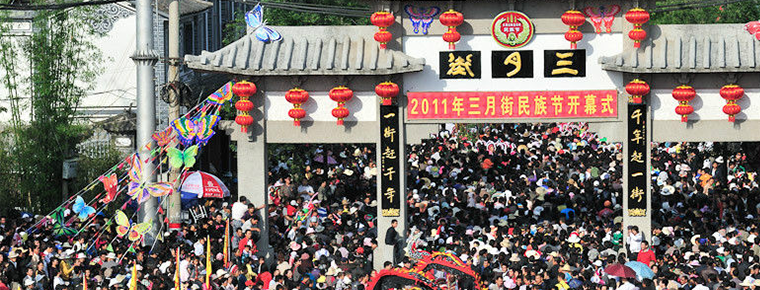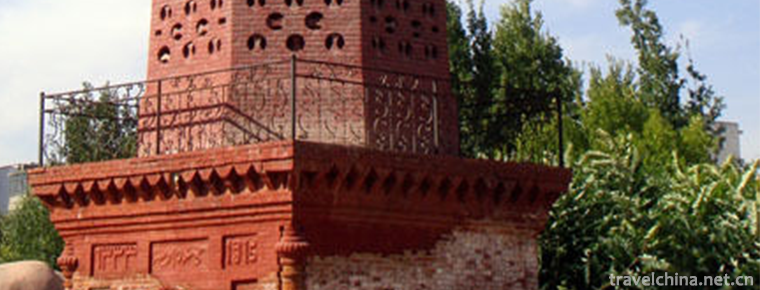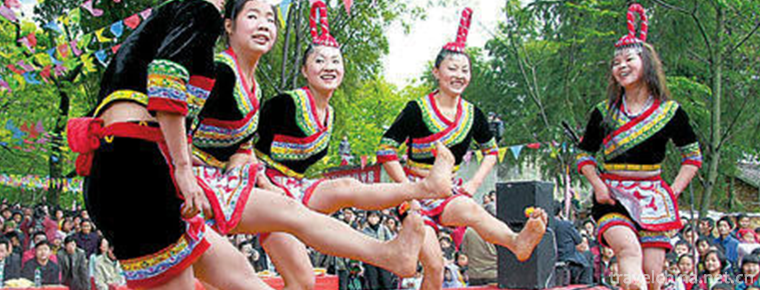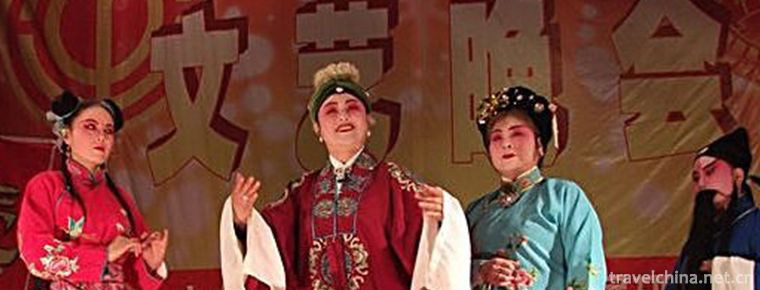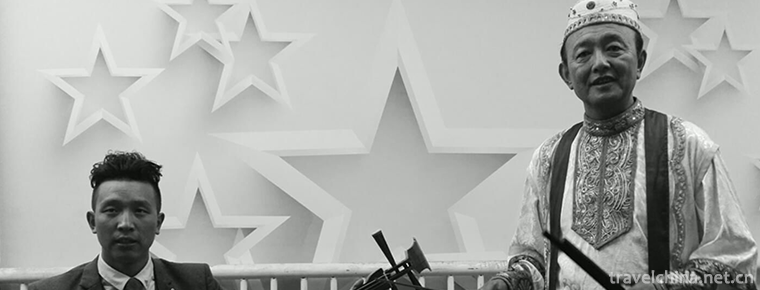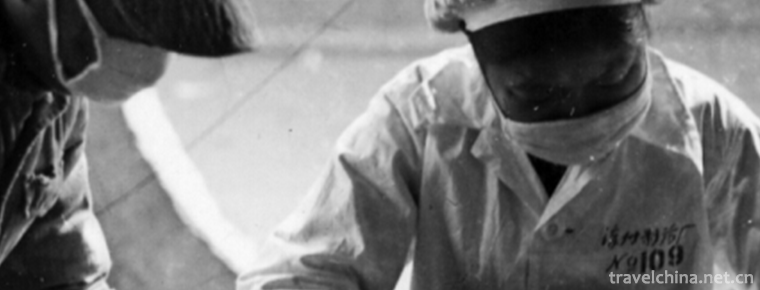The Great Wall of Water in Huanghua City
The Great Wall of Water in Huanghua City
Huanghua City Water Great Wall is located in Jiuduhe Town, Huairou District, Beijing, 65 kilometers away from Beijing City. It is a famous tourist and leisure resort, which integrates mountains, rivers and ancient Great Wall. And the "three great scenery" here is more fascinating and amazing.
The Great Wall built in Yongle of Ming Dynasty circled on the ridge and surrounded by Haoming Lake. The scenery was beautiful and magnificent.
"Erju" lake water will naturally disconnect the Great Wall, forming a unique landscape of the Great Wall.
The "three unique" chestnut garden in Ming Dynasty has different roots and shapes. The body of the dragon and the crown of the heavens are admirable.
Along ancient roads, wooden bridges, Brooks and rocks, the ascent can reach Heilongtan. On the way, Longwei Cave, Zicui Peak, Drunken Girl Mountain, Shilanggu Valley, Valentine Peak, Sanzhuliantan and other natural landscapes are more relaxing and delightful.
Main attractions
Ming the Great Wall
The Great Wall in the scenic area was built in the Ming Dynasty (1404), more than 600 years ago. After the founding of the capital of Beijing, the ancestors of Ming Dynasty set up their Mausoleums in the sun of Tianshou Mountain in Changping, and in the north of Tianshou Mountain in Huanghua Town. The Great Wall here not only guards the northern gate of the Beijing Normal University, but also is an important gateway to guard the "Thirteen Mausoleums" of the Imperial Mausoleum of Ming Dynasty.
Hao Ming Lake
Hao Minghu Lake is surrounded by mountains and has a wide range of water. It has a surface of 300 mu and an average depth of 8 meters. Fish play in the lake, ripples ripple on the lake surface; boating in the center of the lake for a rest, pleasant will be incisive.
Hang: The water is very strong. The lake is a page of scenic spot.
Ming: The combination of sun and moon refers to the universe in general. It means that everything is in the universe. Everything is given by nature. It clarifies the Taoist concept of eternity of all things, heaven and man as one, and at the same time indicates the beginning of the Great Wall in this scenic spot.
Lake: The characteristics of the waters: wide and calm.
The Great Wall in the water
The Great Wall in the water is due to dam closure, resulting in the rise of water level, submerging the Great Wall in the low valley in the water, forming a scene of the Great Wall splashing in water and submerging the ancient city walls, which is a unique scenic spot. The three sections of the Great Wall like Huanghua City are indeed unique in China. There are poetry clouds: the city embraces the Bibo Rim, the water does not have the ancient city wall; the city water echoes each other, magnificent and leisurely.
Peninsula
Located in the center of the scenic area, it covers an area of thousands of square meters. It is backed by green hills and surrounded by water on three sides. It is the best place to appreciate the Great Wall falling into the water. The island is full of green trees, flowers and grass, and has tourist recreation and rest centers such as cruise ship wharf, fishing place, tea house and so on.
Shek Lang Valley
This Valley is located in the middle of the scenic area. It is named Shilang Valley because of the impact of running water and rocks, which spray up layer upon layer.
Chestnut Garden in Ming Dynasty
The area of Chestnut Orchard in Ming Dynasty was over 100 mu, and there were more than 40 ancient trees. The ancient trees in the garden are intertwined and have different shapes. The body of the dragon playing pearls and the crown of the sky are full of praise. Ming Dynasty guard city officers three points guard the border, seven points cultivate, they worked hard to cultivate Daming chestnut, such a large area of chestnut garden, although weathered, but still deep roots and lush leaves. It is a unique human wonder in the suburbs of Beijing. Some poems praised that ancient chestnuts grew pale and grey on the slopes, but they were calm after the storms and hardships, and they were generous in offering fruitful grains and full of praise to the city.
Black Dragon Pool
Heilongtan is located in the west end of the scenic spot, surrounded by mountains on all sides, with clear water and quiet scenery. There are still song clear springs merging into the lake. In summer, it's very hot outside, but it's refreshing and pleasant inside.
There are poem clouds: a small abyss under the fallen rocks, the ancient streams gather into pools. Static waves are clear to the bottom and enjoy themselves by sitting on the shore.
Water curtain Gallery
There is a long corridor at the bottom of the dam of the scenic area reservoir. The corridor is winding and quiet, warm in winter and cool in summer. Especially in the rainy summer, the water level of Haoming Lake rises, water gushes from the five holes of the dam and falls into the pool below. The difference between the height and the height of the pool is nearly 20 meters, forming a spectacular artificial waterfall, and the corridor behind the waterfall becomes a longing'water curtain corridor'.
Three Zhu Lian Tan
The pool water is clear and bottomless. Like a few pearls scattered in the mountains and valleys. Formation of beautiful mountains and rivers, birds and flowers intoxicating landscape.
Practical information
Ticket information
- Adult tickets: 45 yuan per person
- Student tickets: 22 yuan per person
- Elderly people {need to carry geriatric syndrome}: 22 yuan per person
Opening Hours
8:00-16:30 (off season); 8:00-17:00 (peak season).
Traffic information
address
Xishuiyu, Jiuduhe Town, Huairou District, Beijing
Bus to go
Method 1
Take the 916 Express (Dongzhimen-Huairou Bus Station) at Beijing Dongzhimen Junction to reach the third district of Nanhua Garden. Transfer to Huairou-Shuichang Special Line (South-Shuichang at Yuyuan intersection) in situ. (20 minutes apart from departure)
Method two
Take 942 Express (Dongzhimen-Chawu Railway Station) outside Dongzhimen to Shanlizhuang, and transfer to Huairou-Shuichang Special Line (20 minutes interval) in situ.
Drive to
Method 1
From the city of Beijing, Anli Road all the way north, through Litang Road into Ansi Road, to Huaichang Road, turn right, then left, continue along Ansi Road, after crossing the Jiudu River, turn left at Donggong intersection, all the way along the sign into the scenic area.
Method two
From the exit of Kuanggou of Jingcheng Expressway, turn left at Kuanggou intersection and turn right at Qiaozi Dongkou. All the way along Huaichang Road, after crossing the Jiudu River, the same method is used.
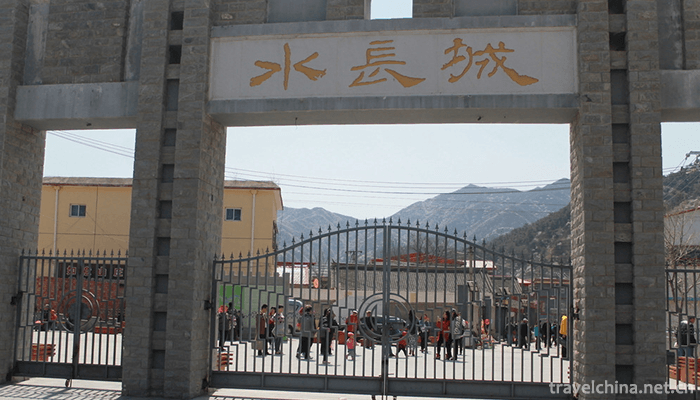
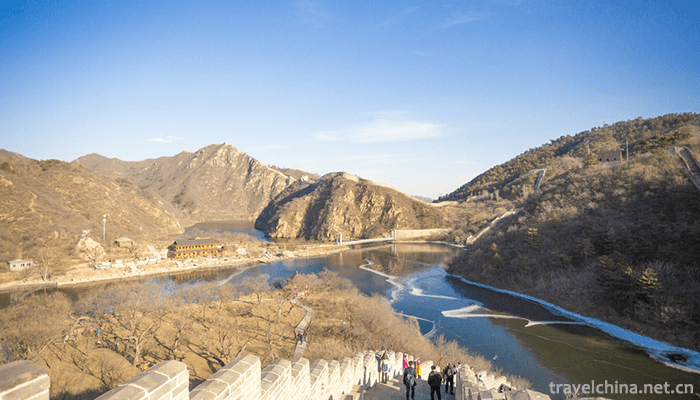
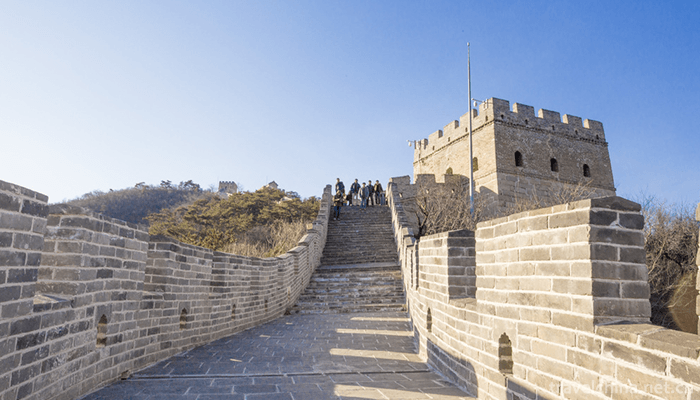
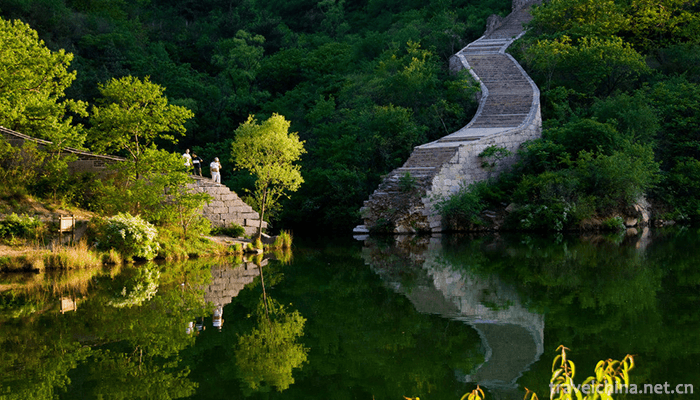

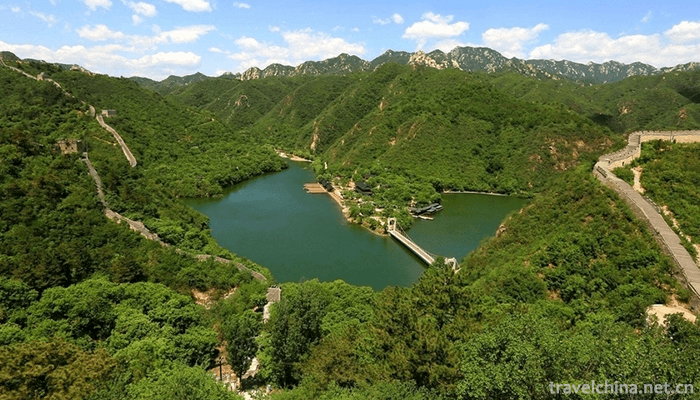
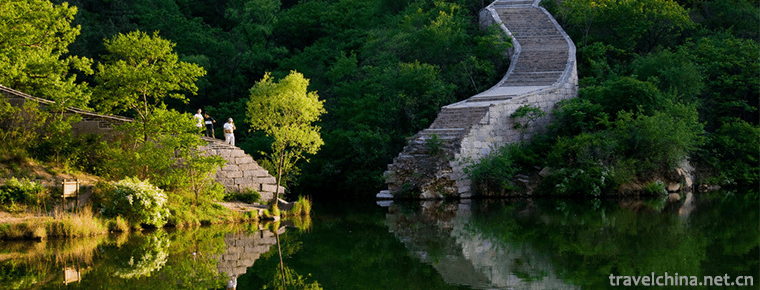
The Great Wall of Water in Huanghua City
-
Cantonese preserved rice
Cantonese sausage cooked rice is made from sausage, liver sausage, bacon, bacon cake, bacon duck, onion or coriander.
Views: 559 Time 2018-11-02 -
Lang Mountain Scenic Area
Langshan is located in the northwest side of the hinterland of the Yuechengling Mountains, which is the longest in Wuling Mountains. It spans Xinning County and Resource County
Views: 236 Time 2018-12-12 -
China Ejiao Museum
China Ejiao Museum, built in 2002, is located at the foot of Mount Tai, east of Donga County on the Bank of the Yellow River. It is funded by Donga Jiao Group, the largest Ejiao production enterprise
Views: 163 Time 2018-12-22 -
Yinghu Scenic Area
Yinghu, a national AAAA-level tourist area, is located 16 kilometers southwest of Ankang City, Shaanxi Province. The total area is 102.8 square kilometers, including 77 square kilometers
Views: 188 Time 2019-03-05 -
March Street Dali
"Yuejie", or March Street of Dali, also known as "Guanyin City, also known as the March Meeting of Dali, today also known as the National Day of March Street, is a grand festival and st
Views: 216 Time 2019-04-23 -
Construction Skills of Russian Nationality Residences
Historically, Tacheng once had the reputation of "Oriental Moscow", which is by no means a historical accident. It has a close relationship with the border trade in the past 150 years
Views: 364 Time 2019-04-28 -
March 3 She Nationality
March 3rd is the traditional festival of She nationality. Every year in this festival, a grand song is held, and ancestors worship Valley God, singing and dancing. It is very lively. In addition, we h
Views: 207 Time 2019-06-14 -
Bronze drum dance
Tonggu dance is one of the most popular and influential ancient dances among the Zhuang and Yi people in Wenshan Zhuang and Miao Autonomous Prefecture of Yunnan Province. It is distributed in Zhuang a
Views: 109 Time 2019-06-21 -
Xihe Opera
Xihe Opera, also known as Xingzi Xihe Opera, is a traditional opera popular in Xingzi, De'an and Jiujiang counties and cities of Jiangxi Province. Its main vocal cavity is Pihuang, also known as "
Views: 139 Time 2019-07-01 -
virtuous and filial
Xianxiao was born out of Buddhist folklore, and has a deep relationship with Xiliangle music, Dunhuang Bianwen and Hexi Baojuan. The way of inheritance mainly depends on the artistic population. Its c
Views: 189 Time 2019-07-01 -
Traditional preparation methods of traditional Chinese medicine
Traditional Chinese medicine preparation method, one of the traditional Chinese medicine, is declared by the Chinese Academy of Traditional Chinese Medicine and the Chinese Association of Traditional
Views: 212 Time 2019-08-03 -
Natural resources of Mianyang
In 2014, the annual precipitation of Mianyang City was 19.845 billion cubic meters, the surface water resources was 11.893 billion cubic meters, the total annual water resources was 11.882 billion cubic meters, and the annual average water resources per capita was
Views: 139 Time 2020-12-14
